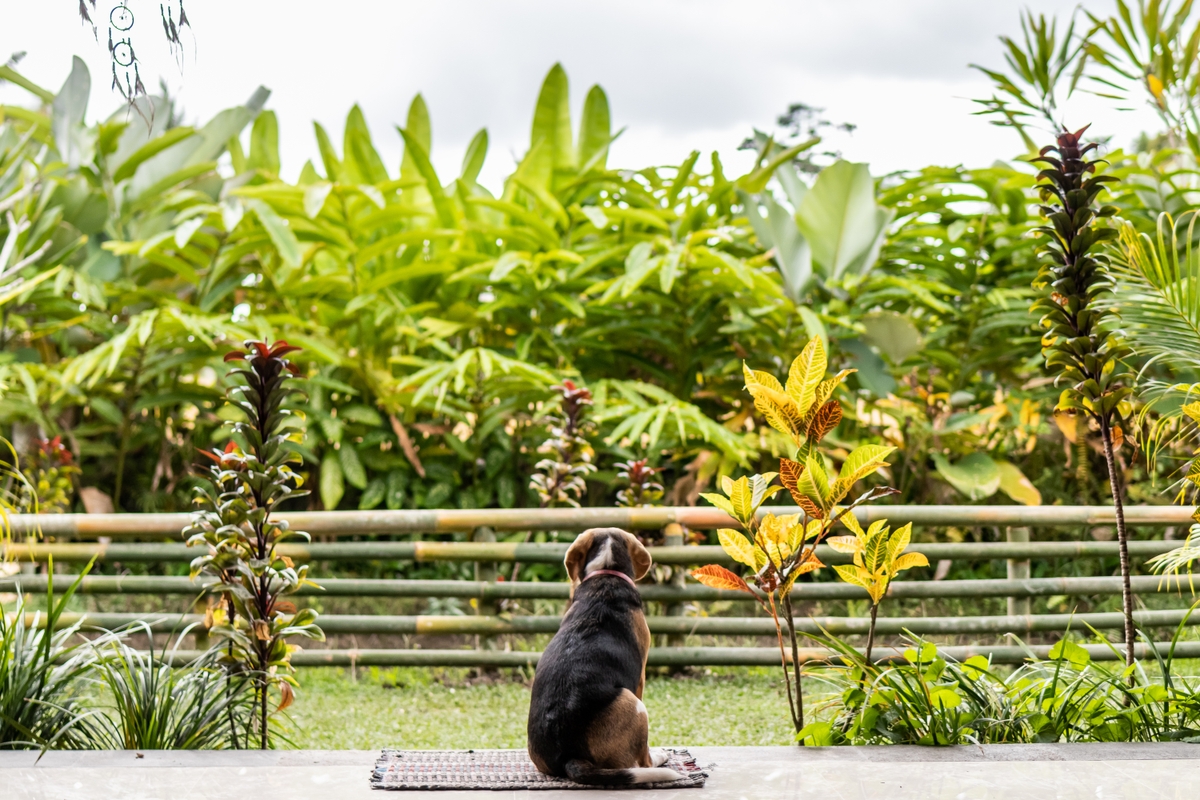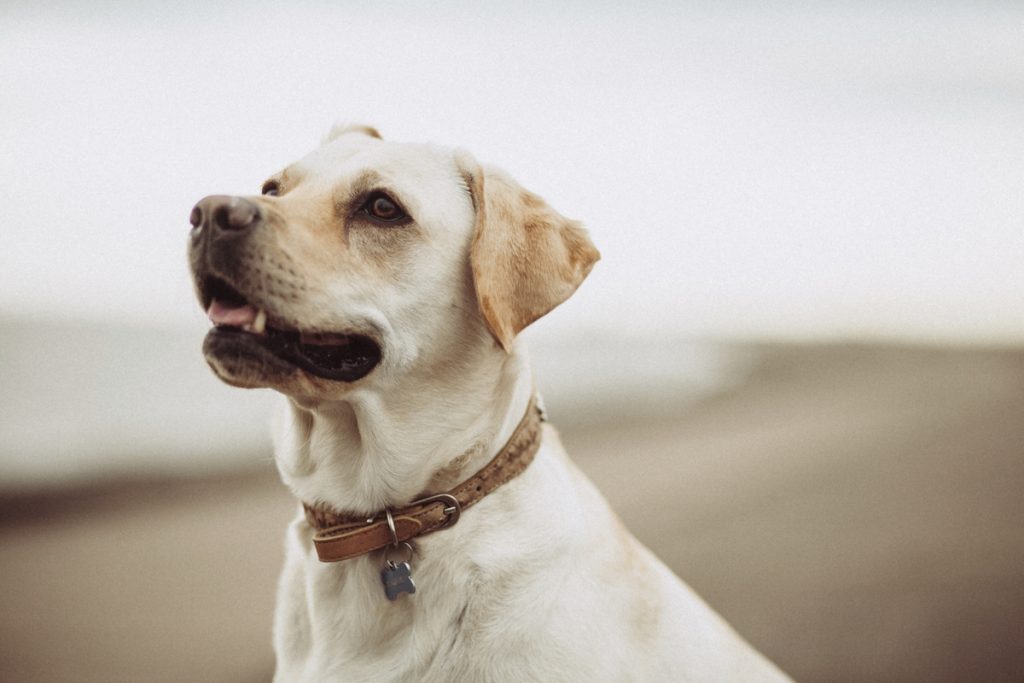How to Choose the Right Agility Course for Your Dog

We all love to see our furry companions proactive and always energized. Dog agility courses are the best ways to achieve these qualities. These courses include obstacles and challenges that test a dog’s agility, speed, and obedience.
However, with numerous options available, selecting the right agility course for your dog can be overwhelming. This article will guide you through choosing the perfect agility course that suits your dog’s needs and abilities.
Assessing Your Dog’s Physical Abilities and Temperament
Before choosing a dog agility course, assessing your dog’s physical abilities and temperament is crucial. Consider your dog’s breed, size, age, and pre-existing health conditions. Some courses may have specific requirements or restrictions based on these factors. Furthermore, evaluate your dog’s temperament and obedience level. Courses differ in difficulty and complexity, so choosing one that matches your dog’s capabilities and personality is important.
Choosing the Appropriate Course Level
Agility courses are typically categorized into different levels, from beginner to advanced. Assess your dog’s skills and training level to determine which course level suits you. Starting with a beginner-level course allows your dog to familiarize themselves with the obstacles and develop the necessary foundation skills. As your dog progresses, you can gradually move to more challenging courses.
Evaluating Course Equipment and Safety Measures
Safety should be a top priority when selecting an agility course. Examine the course equipment and ensure it is well-maintained, sturdy, and safe for your dog. Look for non-slip surfaces, secure contacts on obstacles, and appropriate spacing between obstacles.
Additionally, inquire about the safety protocols, such as trained staff or instructors who can guide and assist during training sessions.
Considering the Location and Accessibility
Choosing a dog agility course that is conveniently located is essential for consistent and regular training. Look for courses that are easily accessible from your home or workplace to minimize travel time and ensure you can attend training sessions consistently. Consider the layout of the course, the surrounding environment, and whether any potential distractions might hinder your dog’s focus during training.
Reviewing Training and Instructor Options
The quality of training and instruction can significantly impact your dog’s learning experience and progress. Research the instructors’ or trainers’ qualifications and experience associated with the dog agility course. Using positive reinforcement methods, they should have expertise in dog training and agility. Inquire about their teaching approach, class sizes, and whether they offer individualized attention to each dog and owner.
Determining Course Duration and Frequency
The duration and frequency of dog agility courses vary depending on the provider and the specific program. Consider your availability and schedule when selecting a course. Evaluate whether the course duration and frequency align with your dog’s training needs and your commitments. Longer courses may provide more in-depth training, while shorter courses may be more suitable for dogs with limited attention spans or busy owners.
Exploring Additional Features and Amenities
Some dog agility courses offer additional features and amenities to enhance the training experience. These may include on-site facilities like restrooms, seating areas, and dog water stations. The availability of shade or indoor training areas can also be beneficial, especially during extreme weather conditions. While these extras are not essential, they can create a more comfortable and enjoyable training environment.
Comparing Costs and Budgeting
Dog agility courses often come with associated costs, including training, membership, or equipment rental fees. Compare the pricing structures of different courses and evaluate the value they offer. Consider your budget and how much you are willing to invest in your dog’s agility training. Affordability is important, and quality and safety should not be compromised.
Gathering Feedback and Recommendations
Seeking feedback from other dog owners who have enrolled their pets in agility courses can provide valuable insights. Look for online reviews and testimonials, or ask for recommendations from local dog communities or trainers. Hearing about others’ experiences can help you make an informed decision and better understand the courses available in your area.
FAQs Related to Dog Agility Courses
Question #1: What is a dog agility course
A dog agility course is a specially designed setup with various obstacles and challenges that dogs must navigate. These courses are constructed to test a dog’s agility, speed, obedience, and coordination. The obstacles typically include hurdles, tunnels, weave poles, A-frames, seesaws, and more. Dogs are trained to complete the course with the guidance of their owners or handlers, and the objective is to complete the course in the shortest amount of time with the fewest errors.
Question #2: What is the best dog agility course for home?
Several factors must be considered when choosing the best dog agility course for home. First and foremost, the available space in your home or backyard is crucial. You’ll need sufficient room to set up the obstacles and allow your dog to move freely.
Additionally, consider the size and breed of your dog. Some courses are better suited for smaller breeds, while others cater to larger dogs. Portable agility kits are available for home use, allowing you to set up and dismantle the course as needed. It’s also important to select a course that provides a variety of obstacles to keep your dog engaged and challenged.
Question #3: Is agility training right for my dog?
Whether or not agility training is right for your dog depends on various factors. Agility training is generally suitable for most dogs, regardless of breed or size.
However, it’s essential to consider your dog’s physical abilities, temperament, and overall health. Dogs that enjoy running, jumping, and problem-solving tend to thrive in agility training. If your dog is energetic, agile, and loves learning new things, agility training can be a fantastic activity to channel their energy and stimulate their mind.
Conclusion

Choosing the right dog agility course for your dog is essential to ensure an enjoyable and rewarding experience for both of you. Pay attention to the training and instructor options, course duration, and additional features.
Compare costs and gather feedback from others to make a well-informed decision. With the right agility course, you can provide your dog with a stimulating and engaging activity that strengthens your bond and brings joy to both of your lives. Thanks for reading.



